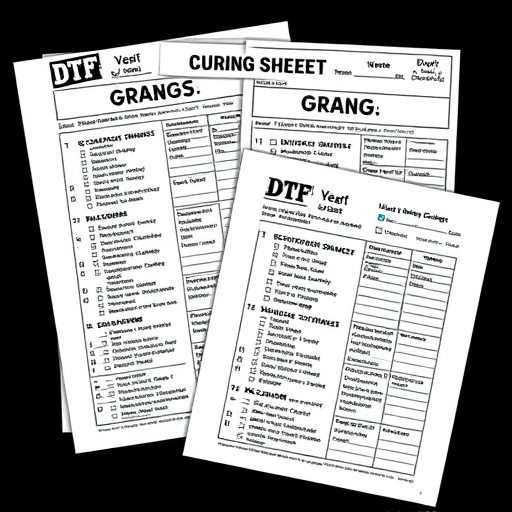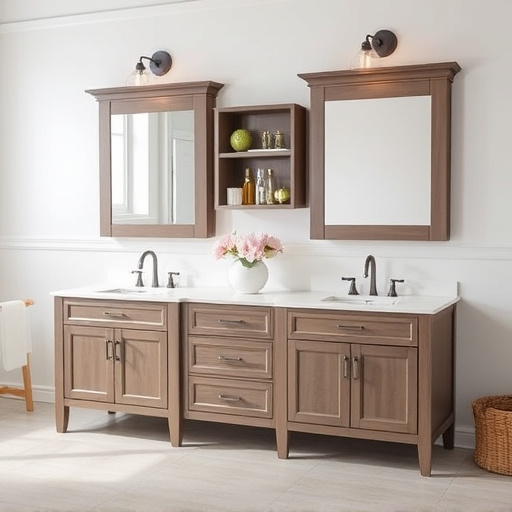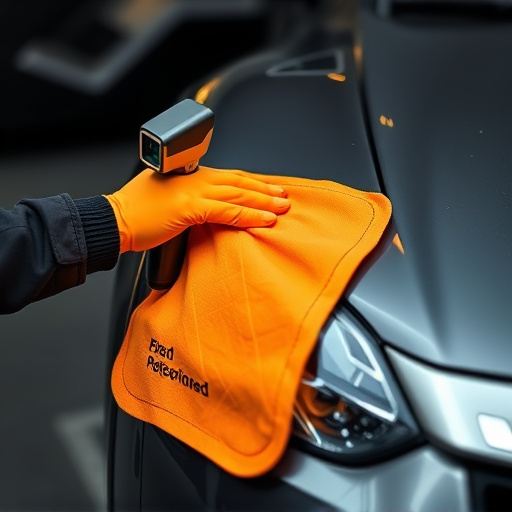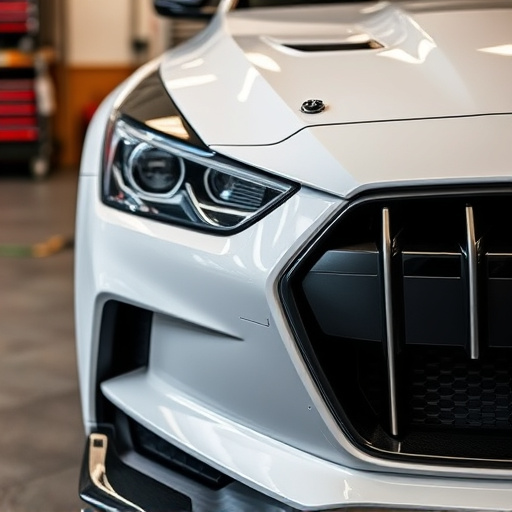Door edge protection offers a range of options for safeguarding vehicle aesthetics and preventing costly repairs. DIY installation is feasible with skill and care, but professionals ensure flawless results. Cleaning, applying tape, and carefully positioning protective film (like PPF or vinyl wrap) shield doors from damage, enhancing both protection and personal style.
Considering installing door edge protection for your home or business? This comprehensive guide explores whether you should tackle the job yourself or hire a professional. We break down the benefits and different types of door edge protection available, helping you make an informed decision. Then, we provide a detailed step-by-step DIY installation guide if you’re up for the task.
- Understanding Door Edge Protection: Benefits and Types
- Evaluating Your Skills: Can You Install It Yourself?
- Step-by-Step Guide: DIY Door Edge Protection Installation
Understanding Door Edge Protection: Benefits and Types
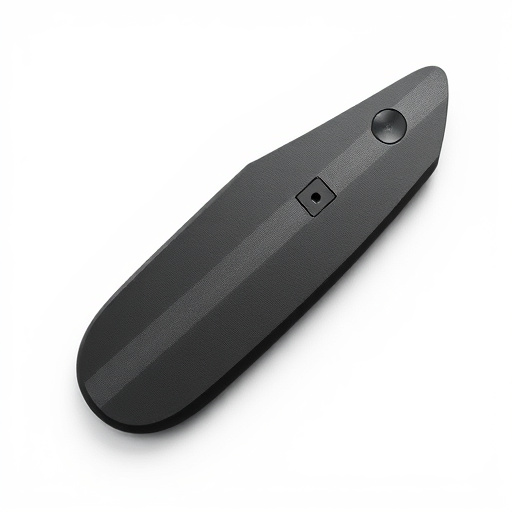
Door edge protection, a subtle yet powerful addition to any vehicle, serves multiple purposes that can enhance your driving experience and preserve your car’s aesthetics. This protective layer is designed to safeguard the delicate edges of doors from minor impacts, scrapes, and chips caused by parking, tight spots, or unexpected obstacles. By installing door edge guards, you’re not just adding a decorative element; you’re also preventing costly repairs and maintaining the vehicle’s value over time.
The market offers various types of door edge protection, ranging from durable plastic trim to sleek, custom-fit wraps like vinyl or paint correction films. Plastic trim provides a simple, cost-effective solution, offering both protection and a subtle visual enhancement. Custom vehicle wraps, on the other hand, offer unparalleled design flexibility, allowing you to personalize your car’s look while providing robust protection. Vinyl wraps are popular for their durability, ease of application, and the ability to match or complement existing color schemes, including paint correction options that restore and protect the factory finish.
Evaluating Your Skills: Can You Install It Yourself?

Before tackling any DIY project, it’s essential to evaluate your skills and consider if door edge protection installation is a task you can confidently take on yourself. Door edge protection, also known as vehicle wraps or paint protection film (PPF), offers excellent UV protection and heat rejection benefits for your car’s finish—a crucial advantage when driving in varying weather conditions.
While the concept might seem straightforward, precise application requires skill and patience. A professional PPF installation typically involves specialized tools and techniques to ensure a seamless, bubble-free finish. If you’re comfortable with following detailed instructions, have a steady hand, and don’t mind investing time in perfecting your work, DIY installation could be feasible. However, if you lack experience with precision tasks or prefer a guaranteed flawless result, it’s advisable to seek the services of a professional for your door edge protection needs.
Step-by-Step Guide: DIY Door Edge Protection Installation

Installing door edge protection yourself can be a cost-effective way to safeguard your vehicle’s doors from chips, scratches, and other damages. Here’s a straightforward step-by-step guide to help you through the process. Begin by cleaning and drying the door edges thoroughly. This ensures that the surface is free of any debris or contaminants that could interfere with adhesion. Next, measure the length required for the protection, keeping in mind any curves or contours along the edge. Cut the paint protection film (PPF) or vinyl wrap to size using sharp scissors or a cutter designed for automotive applications.
Apply an adhesive-backed tape along the inner edges of the door, then carefully position and press the PPF or vinyl wrap onto the door surface, ensuring it adheres firmly. Smooth out any bubbles or wrinkles with your hands or a soft cloth to achieve a seamless finish. For added protection against elements like UV rays and ceramic coating for enhanced durability, consider using specialized coatings designed for automotive use once the initial installation is complete.
Door edge protection can significantly enhance the lifespan and aesthetics of your doors, but whether you should install it yourself depends on your skill level. If you’re comfortable with basic DIY tasks and have the right tools, following a step-by-step guide can lead to a successful installation. However, for complex or large projects, professional assistance might be the better option. Evaluating your skills and understanding the benefits of door edge protection will help you make an informed decision, ensuring your doors remain well-protected and looking their best.


